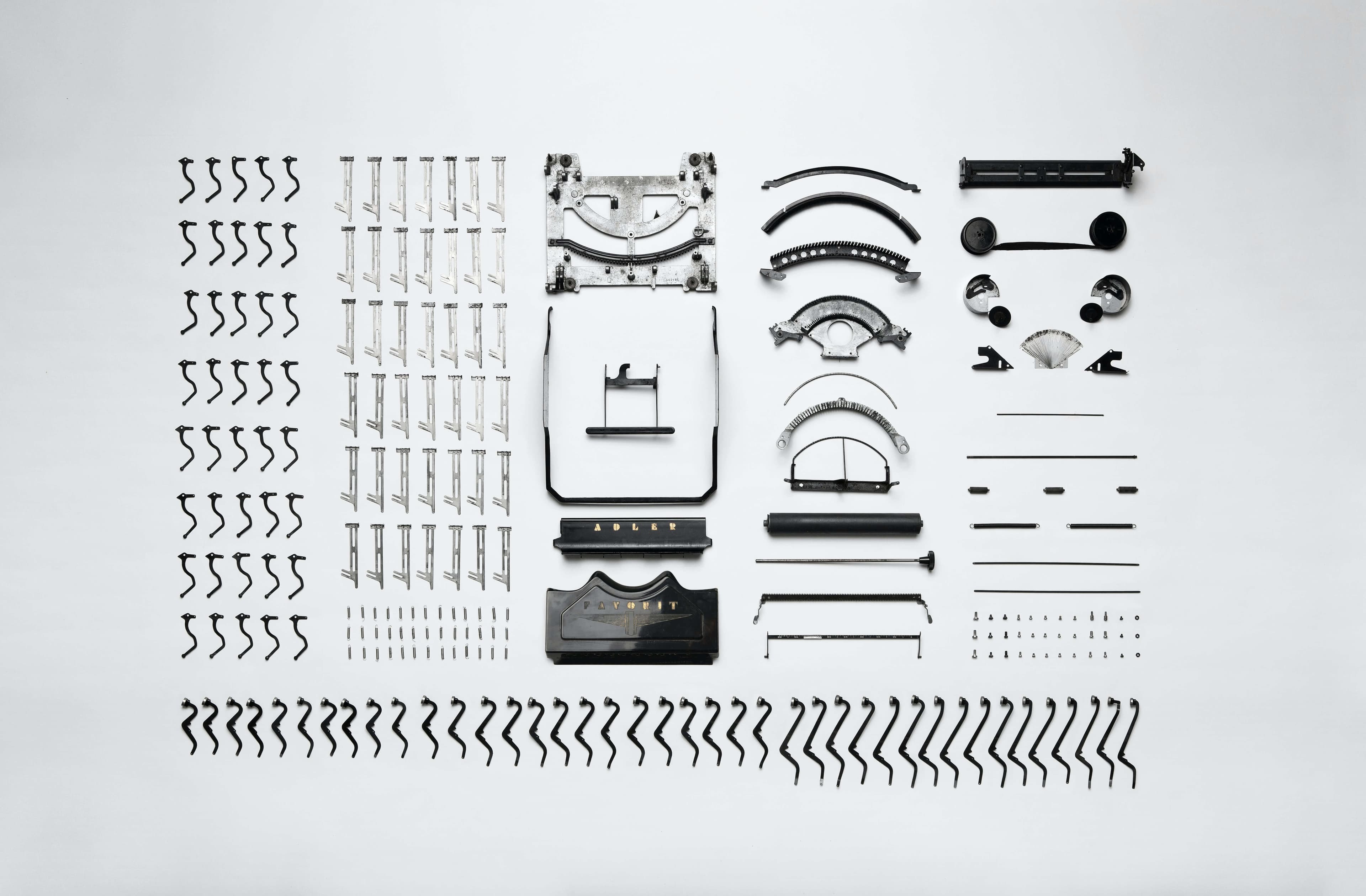6 Easy Ways to Keep Your Design File Clean.
@Shalinikaushal_|December 4, 2021 (4y ago)110 views

Figma is a useful tool for designers, but because we use it on a daily basis, finding the right file can be challenging. Our work should be organized and kept clean. As part of this article, I'll share some important tips for organizing your work in Figma that I personally use.
Every Figma file should have a cover photo
As I began managing different projects in Figma, it was difficult to find the project I was looking for. There was no visual separation between files, so they all looked alike. Setting a cover photo makes it much easier to find a project.
You can set your cover photo very easily:
- Create a new page and a cover frame.
- Be sure to provide your branding, filename, and status (i.e., In-Progress, In-Review, Completed).
- Put a thumbnail in the frame by right-clicking on it.
Give names to each frame systematically
It was difficult to understand the project without a name; you had to click on each page to find the right one. A logo and name on every page allow team members and me to easily identify the project. If you are managing a large project, you can use task-based or feature-based pages. Using these, you can easily share designs with stakeholders or your colleagues.
Follow these simple steps:
- Add a new page by clicking on the “+” icon
- Put a name on the page.
- Paste an emoji from google or some other source.
Don't forget to use styles everywhere
As we are working on a project, we want to test the design by using different variations of colors, strokes, font styles, etc. Rather than using an eyedropper to fill the color, I began using the color style from the design system, which helped me to update the changes as quickly as possible. In one quick step, all instances where that style is referenced will be updated. In case you don't have a design system yet, I have a shortcut for you that will help to create color styles.
Create a color style superfast:
- Install the “Styler” plugin from the Figma community.
- Give all your layers a new name.
- By clicking right on the layer, you will be taken to the plugin.
- Click on 'Generate styles' to create a new color style.
Using components
Every project has a large set of variants for buttons, input fields, creating it all differently will cost us tons of precious time. So we designed our own design system. Where the Main Component defines the properties of the Component. And we can reuse the instance copy of that component in our designs. Instances are linked to the main Component and receive any updates made to the main component.
Easy ways to create components
Creating a single component
- Select the layers you want to include in the component.
- Create a component by clicking on the toolbar.
- Layers are nestled within component frames in Figma.
- Purple icons identify components in the Layers panel.
- Add a description and documentation link in the right sidebar for collaborators.
- The Inspect panel allows collaborators and developers to view this information.
Creating bulk components
- To create components, select the layers you wish to use
- In the toolbar, click "Shevron Icon" next to "Create component".
- From the options, select Create Multiple components.
- Depending on the frame, group, boolean logic, or path it is creating, Figma will create a component for it.
Using your screens, create a flow diagram
As our design files were increasing, things were getting confused for our teammates. So we started keeping our flows neat and clean. We started creating screens by use cases which helped our team members to understand the user flow clearly.
Easy ways to make flows:
- To create user flow, select the screens you want to use
- Arrange the screen according to user flow
- Give an arrow-headed line in between the frames to show the flow by using the pen tool.
Create a copy of every file
Every project requires multiple iterations. It is possible to lose the original design during those iterations. Therefore, it is always a good idea to keep a copy of our original file. One never knows what the outcome will be.
Here's a quick way to copy:
- Right-click on the file
- Select Duplicate
- There you have it.
These are some of my thoughts on Clean Design. Not only did they help me to clean up my design work, but they also helped me to improve how I present my work. There are many ways to make your design work look clean. I'd love to hear what different approaches you have tried. Please leave a comment if you have.
I'll see you soon with some new design talks.